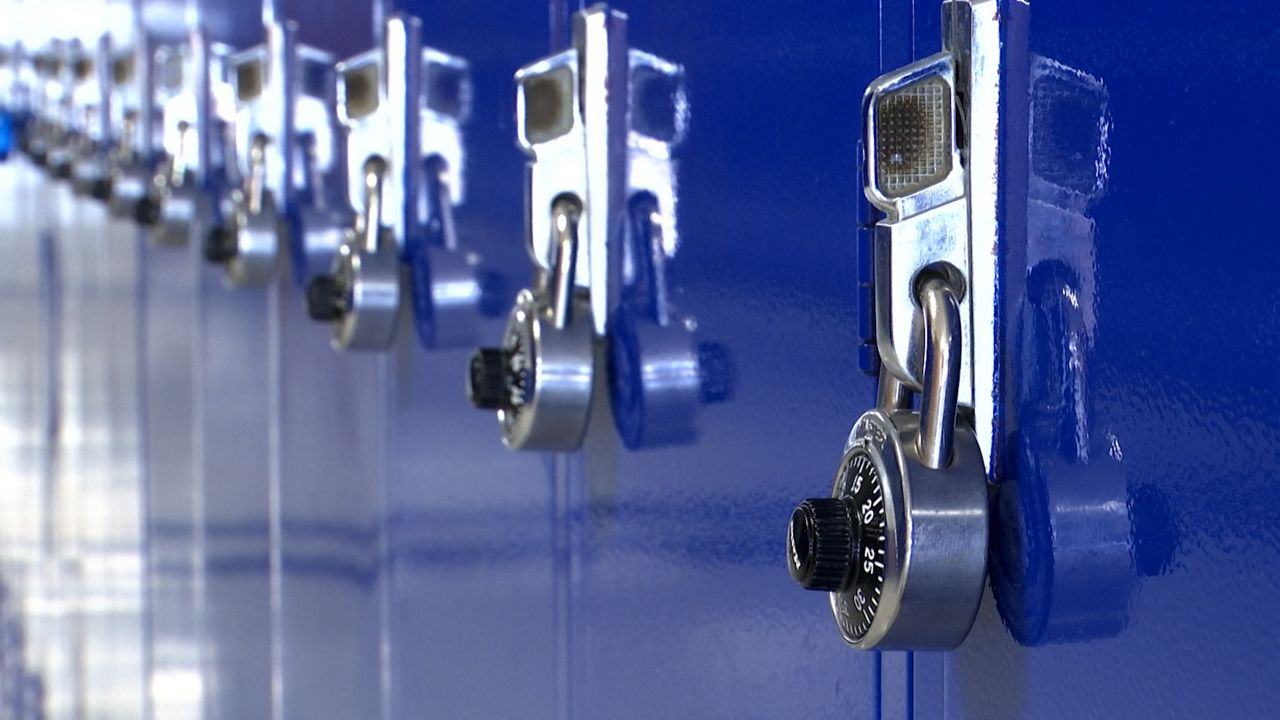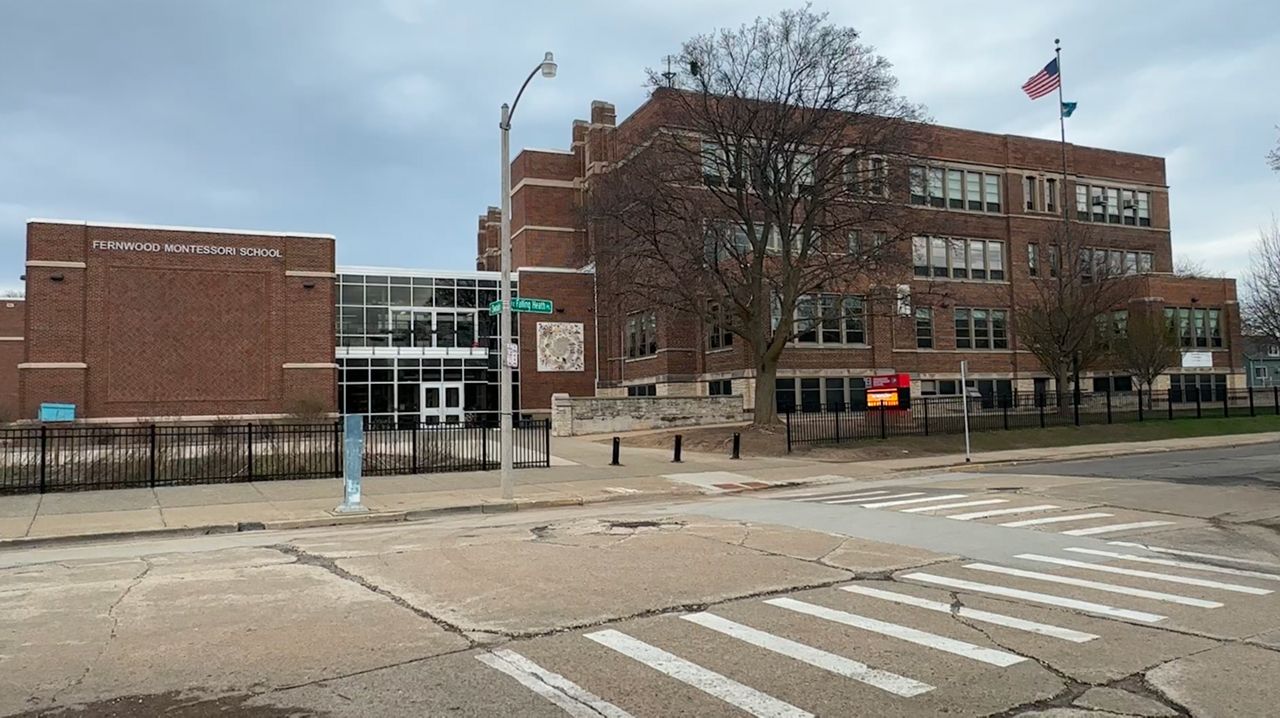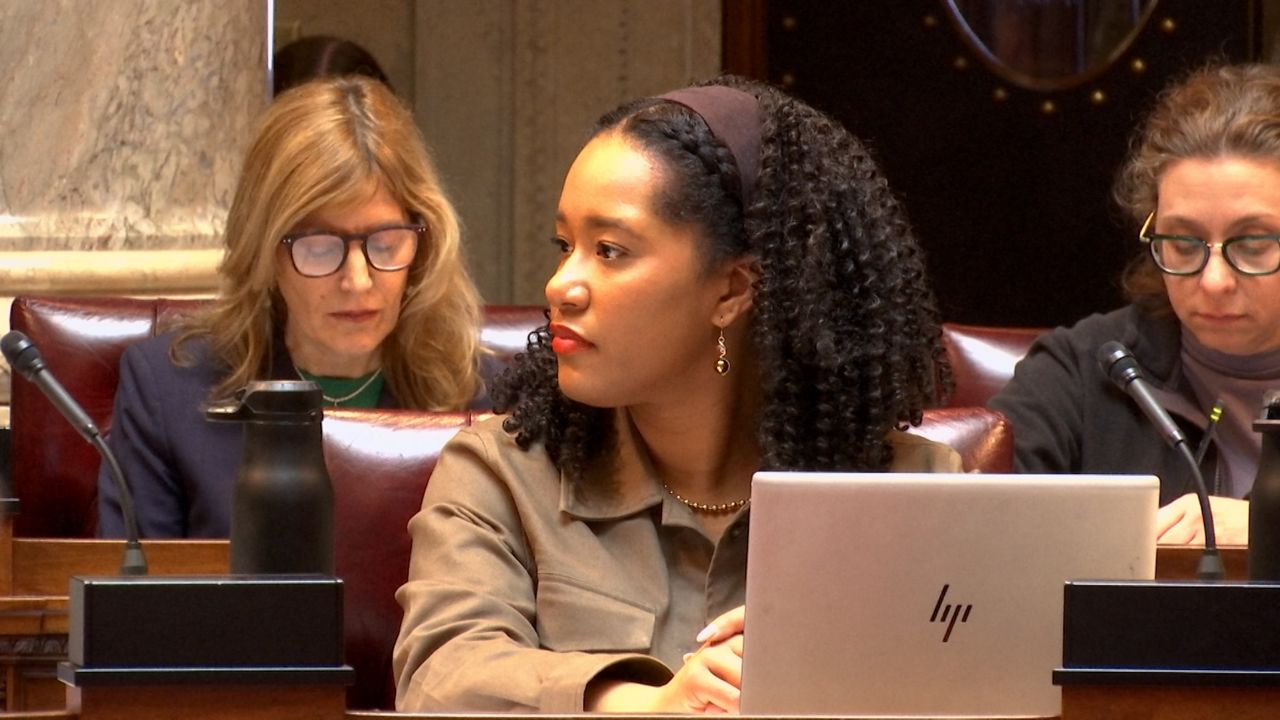MILWAUKEE — During the past several days, we’ve been sharing life-saving information as part of Severe Weather Awareness Week, teaming up with our local meteorologists to help you stay safe when storms strike.
Now, as we wrap things up, we are taking to the skies to see how severe weather is handled from a different perspective: the cockpit.
Michael Morman, a retired military pilot and current 737 captain for a major airline, joined Spectrum News to discuss how pilots handle the weather.
Morman said pilots follow three categories for handling severe weather: planning, execution and recovery.
“During the planning phase, we have dispatchers that are looking at any weather phenomena along the route of flight and develop a plan to avoid the weather vertically (if the storm tops are low enough) or laterally. If there is a significant lateral deviation, the dispatchers will add extra fuel to compensate for the extra flight time. Likewise, when there are anticipated departure or arrival delays preventing aircraft from taking off or landing, the dispatchers will add extra fuel for that as well. Think of major airports having something similar to on ramps or exit ramps on a highway,” said Morman.
So once you are in the air, that’s where the execution comes in.
“Once airborne, we continue to monitor the weather situation through our apps on our iPad. We also use the onboard aircraft weather radar, which is quite good. Additional resources are Air Traffic Control, dispatch and, of course, what other aircraft are experiencing. If any weather requires us to deviate from the plan, we are constantly analyzing our fuel to be sure we can make it to our destination or divert to an alternate airport if needed. The important thing to remember here is that the pilots are well trained and have regulations to comply with when dealing with weather conditions,” said Morman.
And then there is the recovery, the final step.
“Sometimes no matter what we do as dispatchers, air traffic controllers or pilots, the conditions just weren’t safe enough to land at our destination airport, thus requiring a divert or arriving too late for passengers to make a connecting flight. This is where frustration for passengers can set in. Please keep in mind that safety is the number one priority. Airlines have a house of cards built with the crews and airplanes. Once a major weather event affects aircraft arriving or departing on time, that house of cards falls and needs to be rebuilt,” explained Morman.









